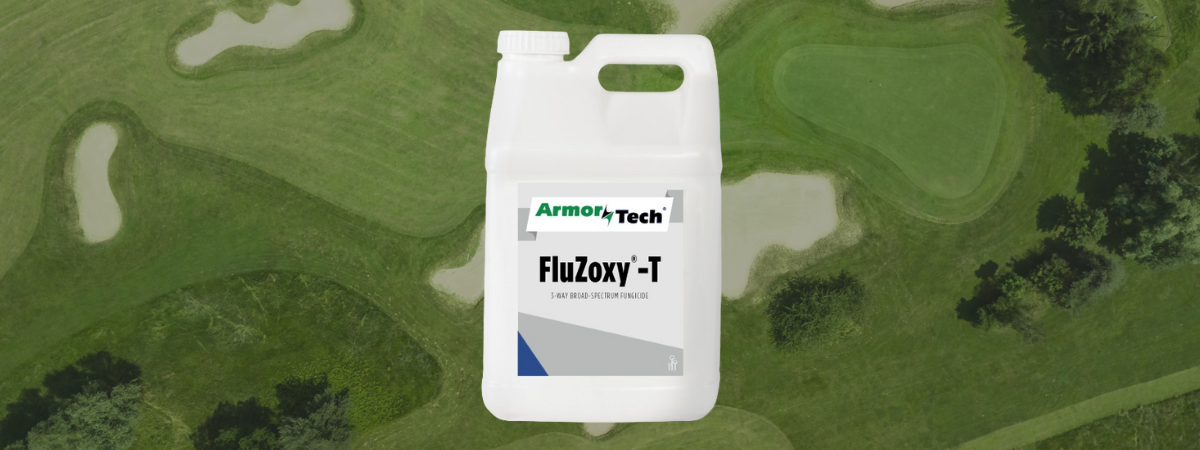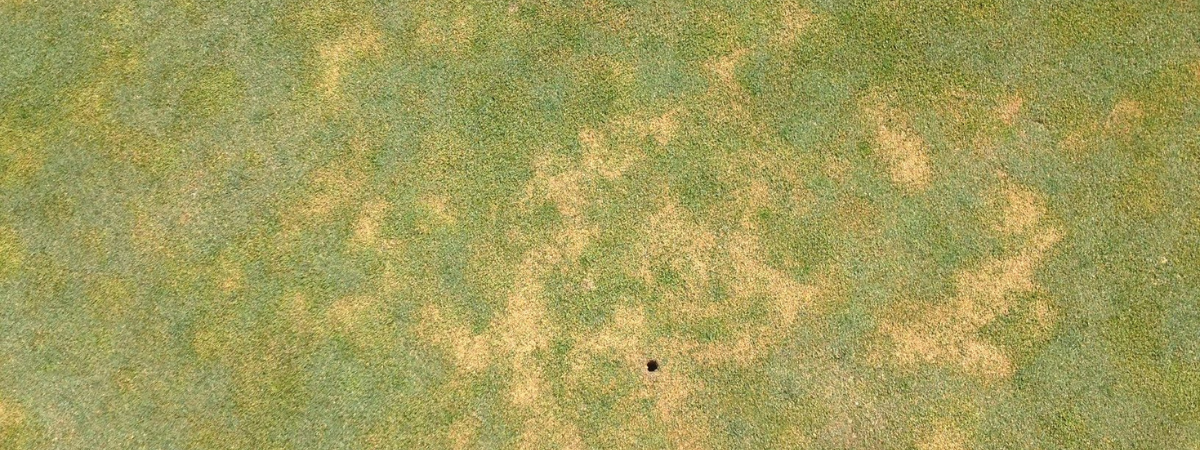Cool-season turfgrass suppliers are continually looking to improve their product lines of proprietary varieties in order to bring the best genetics to their customers. Plant breeders are always developing new cool-season turfgrass varieties to improve upon a multitude of desirable turf characteristics. These turf traits range from wear tolerance, disease resistance, leaf texture, turf color, drought tolerance, as well as a whole host of other traits. Research and development are accomplished through plant breeding programs throughout the world, with the most notable cool-season breeding program being Rutgers Turfgrass Breeding Program.
Turfgrass varieties have come a very long way since the early days of the turfgrass industry, in the 1960s. For example, when comparing Pennfine Perennial Ryegrass to the new improved cultivars of today, one will surely thank a plant breeder for the vast improvements in turf quality. These same drastic improvements can be noted in every cool-season species from Rebel Tall Fescue to Merion Kentucky Bluegrass, for example. Breeders and turfgrass suppliers all try to bring the latest and greatest turf varieties to the market. Turfgrass suppliers prove their new hopeful cultivars in turf trials, such as the National Turfgrass Evaluation Program (NTEP), which ranks the cultivars on many of the turf characteristics listed in the first paragraph. At the end of these trials, turfgrass companies begin to understand how their new varieties stack up against other varieties of the same species.
Many cultivars will never make into trials such as the NTEP. Each year Rutgers breeding program evaluates approximately 36,000 turf plots, statistically, only a handful will ever make it to commercial levels of production. Once a turfgrass supplier has found a variety that has scored well and has all the turf characteristics the market is looking for, the challenge then becomes getting the variety into commercial levels of production to market around the world.
While turfgrass companies compete for world market share the other competition going on is for quality production acres. Almost 70% of cool-season grass seed is produced in Oregon, on nearly 400,000 acres. Grass seed companies are often competing for these available acres, especially acres from the top growers with the best history of producing mechanically clean seed. These grass seed growers enter contracts with turfgrass seed companies and produce proprietary cultivars on their acres.
Once a variety enters production it starts its last trial and arguably it’s most important. Grass seed growers are looking for some of the same characteristics as the end turf user, such as disease resistance and survivability. However, the most important thing to a grass seed producer is yield. Grass seed farmers get paid by the pound and as a result, want cultivars that have the genetic potential to produce the highest yield. Every cultivar has an inherent yield potential and growers want to produce the highest yielding varieties. If a variety shows to not have acceptable production yields, growers will refuse to produce it. Finding the balance between production ability and turf performance is the driving force breeders and turfgrass seed suppliers face when selecting varieties to add to their product line.
Chase Cochran
Turf Merchants, Inc.












